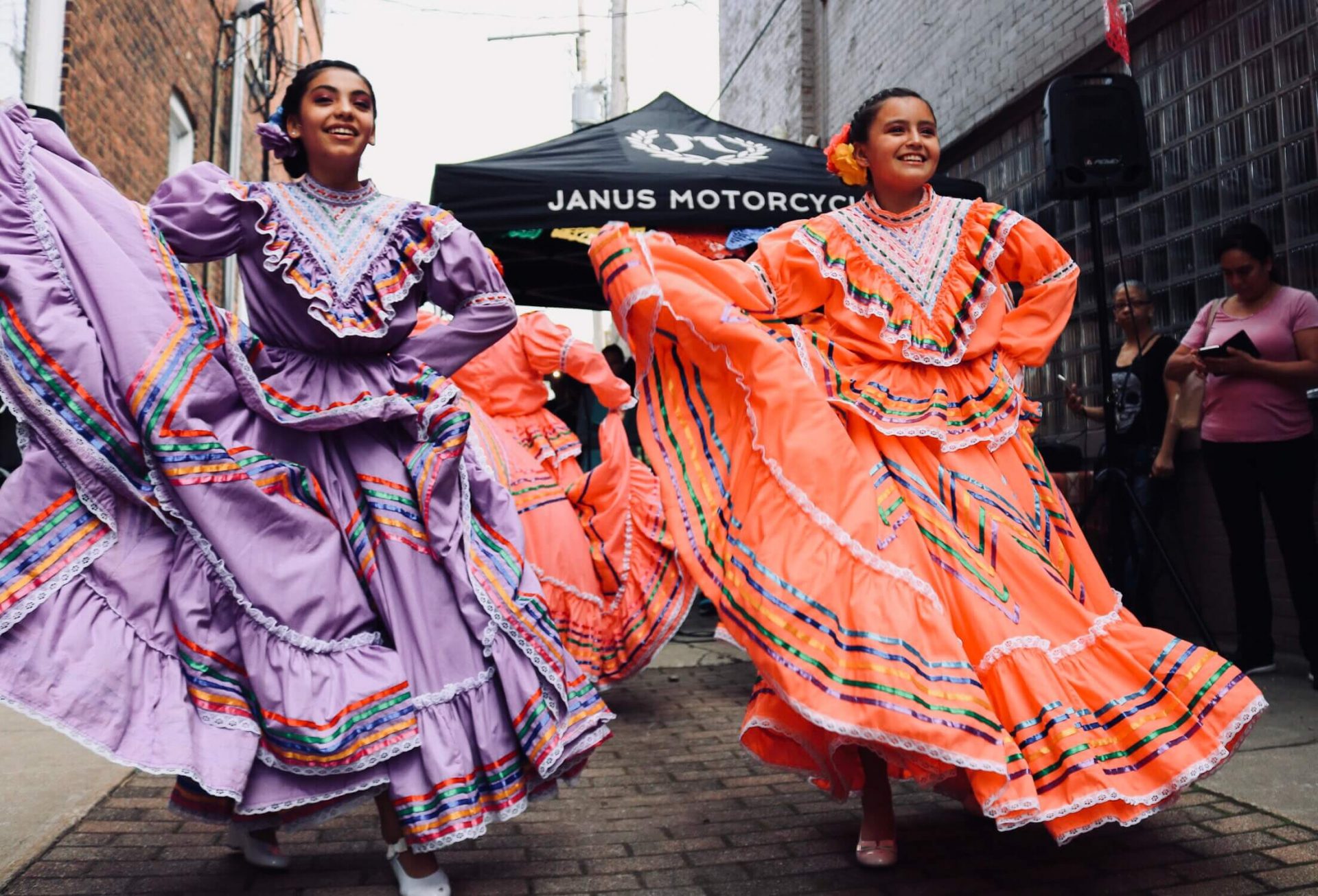Spanish is a language that has users in Central and Southern America as well as Spain, in Europe. With over 500 million speakers across 23 countries, Spanish is also a romance language, deep-rooted in poetry and art.
However, the Spanish spoken in Central America is very different from that spoken in Spain. While the language shares its roots and is identical in structure, there are some subtle differences that set the two apart.
We have made it easier for you by listing out some of the major differences between Mexican Spanish and Castilian Spanish.
Vocabulary
Languages vary within a country, with numerous dialects and variations in vocabulary. Hence it is not surprising for a language like Spanish to have a vocabulary that is different, continents apart. Similarly to American English and British English, the variation in Spanish vocabulary in Mexico and Spain are plenty.
Here are some common words listed below:
Peaches in Mexico are called duraznos while in Spain, they are called melocotones.
Corn is maíz in Spain while elote in Mexico
Potato is patata in Spain, papa in Mexico
Candy is chuches in Spain and dulces in Mexico
Bus is autobús in Spain and camión in Mexico
Car is called coche in Spain but carro in Mexico
Computer is called ordenador in Spain or computadora in Mexico
Cellphone is móvil in Spain and celular in Mexico
Glasses is called lentes in Mexico and gafas in Spain
Pen is pluma in Mexico while bolígrafo in Spain
Pronunciation
Pronunciation is another aspect where Spanish in Spain and Mexico differ. The notable differences are in the pronunciation of certain letters, namely ‘c’,’z’ and ‘s’. In Spain, the pronunciation is categorized into three different categories: distinción, el seseo and el ceceo. Spanish speakers in Spain use distinción and ceceo, whereas in Mexico, seseo is more prominent.
In seseo, ‘s’, ‘c’ and ‘z’ are pronounced as ‘s’ (like the ‘s’ in castle). For example, caza and casa is pronounced in the same manner without any difference as ‘kasa’.
In ceceo however, the pronunciation of ‘s’,’z’ and ‘c’ changes, when used before the letters ‘i’ or ‘e’ into a ‘th’ sound. For example, “gracias” is pronounced “grathias” in Spain and “grasias” in Mexico.
Formal vs Informal
Languages like French have a distinction when it comes to the use of certain personal pronouns. ‘Tu’ and ‘Vous’ is the personal pronoun equivalent of ‘You’ in French, but ‘Vous’ is used to address a person with more respect. There is a similar use of personal pronouns in Spanish practiced in Spain. In Spain, the ‘vosotros’ tense is used to address strangers or someone older, as a sign of respect. ‘Ustedes’ is an informal term used to address a friend, a colleague or someone who is familiar to you. In Mexico however, that distinction is not necessary. ‘Ustedes’ is utilized both formally and informally.
Slang
One of the more exciting differences between Spanish in the two countries, you’re bound to experience this while interacting with the locals. Local slang or colloquial used in either country varies. These phrases might be of use to you when you’re trying to impress the locals with your grip of the local vocabulary and expressions.
You see something cool and want to convey your amazement? If you’re in Spain, try words like guay or chulo. In Mexico, the words chido or padre can be used to convey the same.
As with any language, interacting with locals enables you to absorb the local dialects and use of slang. Check out our online courses for Mexican Spanish and Castilian Spanish to help you get started on your next Spanish adventure!
Govind Nair
Latest posts by Govind Nair (see all)
- A Guide to Islamic and Arabic Education in Dubai - October 20, 2022
- 7 Languages to Win Hearts This Valentine’s Day - February 6, 2021
- Why Language Learning Shouldn’t Be A New Year’s Resolution - December 28, 2020




